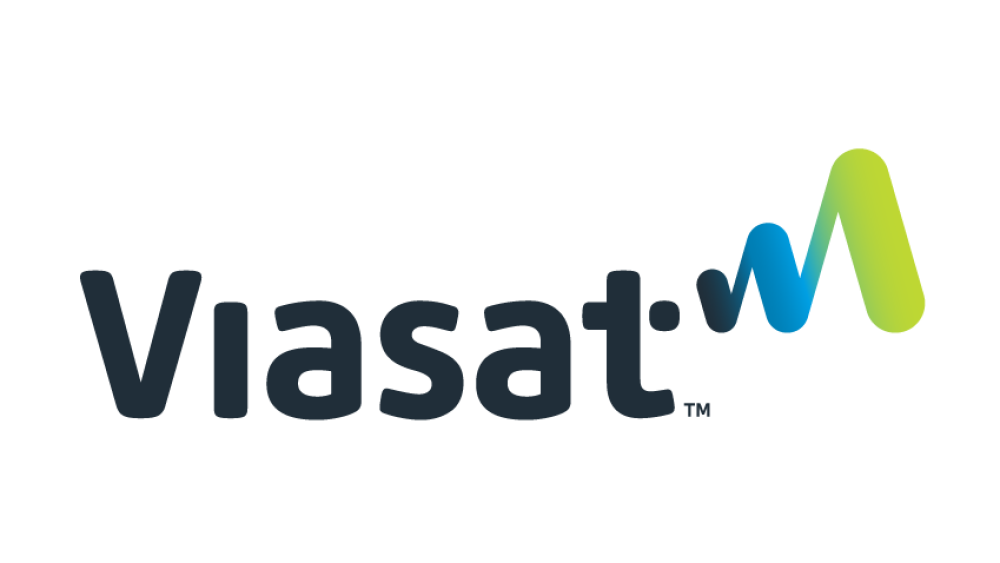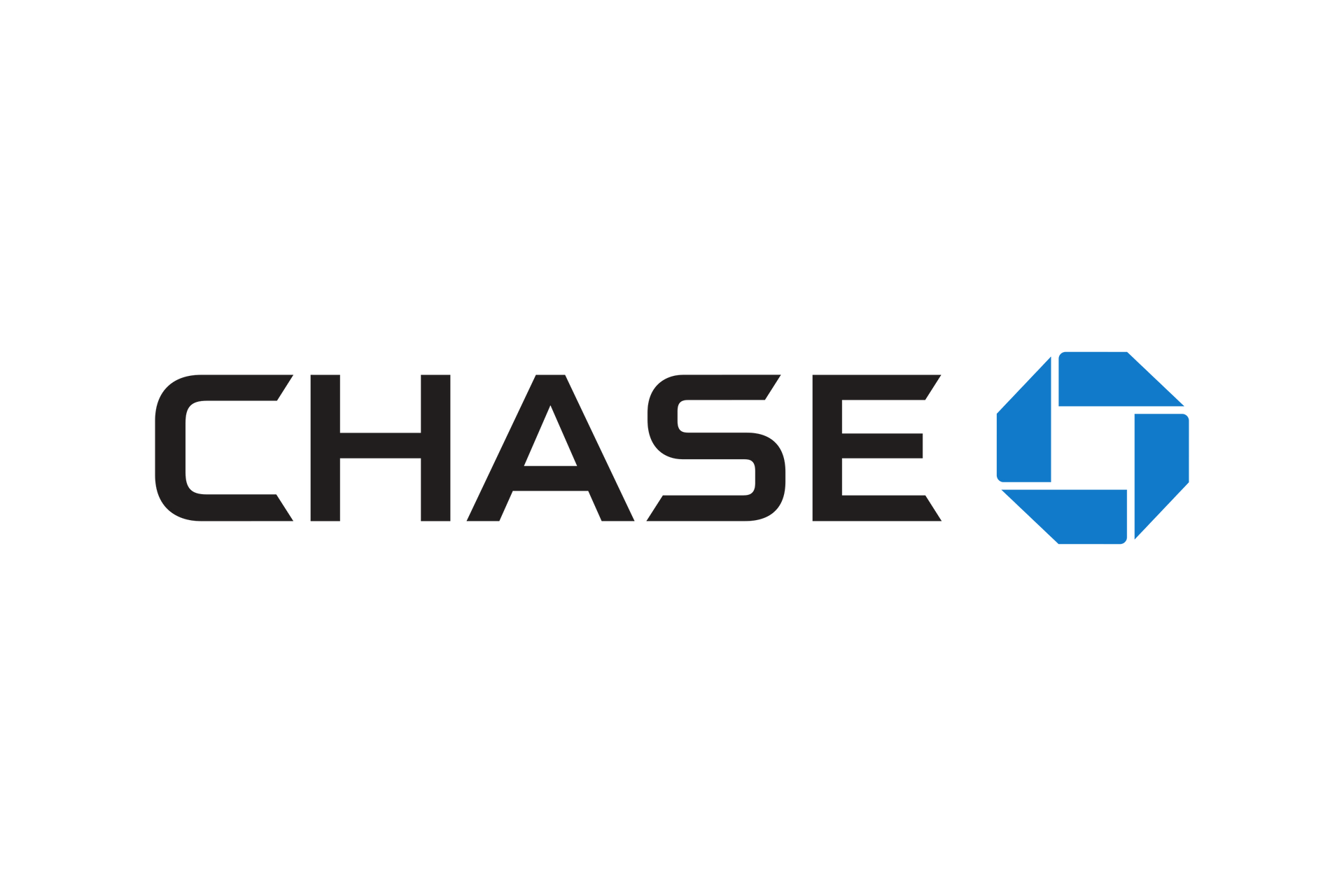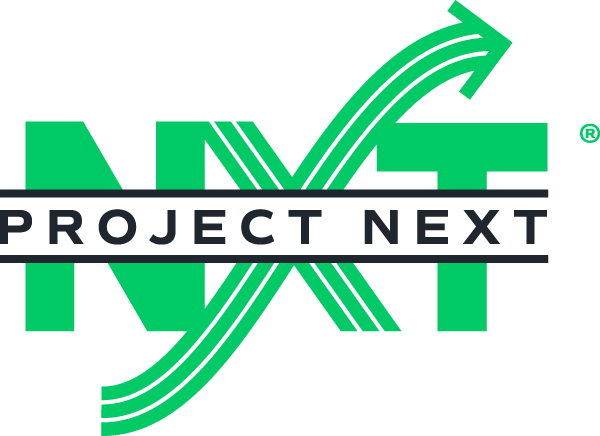The Importance of Internships and Job Shadowing Before Graduation
Explore Your Future, Gain Real-World Skills, and Stand Out
As a high school student, feeling unsure about what you want to do after graduation is normal. With so many career options and educational paths, figuring out which direction is right for you can be overwhelming. That’s where internships and job shadowing come in—they offer a valuable way to explore careers, build real-world experience, and make more confident decisions about your future.
In this blog post, we’ll break down what internships and job shadowing are, why they matter, and how you can get started—even before you graduate high school.
What Are Internships and Job Shadowing?
🛠️ Internships
An internship is a short-term work experience that allows students to gain hands-on training in a specific field. Some internships are paid, while others are unpaid, but all offer opportunities to develop new skills, learn workplace expectations, and build your resume.
👥 Job Shadowing
Job shadowing involves spending a day (or several) observing a professional in their day-to-day work. It’s a chance to see what a job is really like, ask questions, and decide if it might be the right fit for you.
Both internships and shadowing are powerful tools for self-discovery and preparation—especially for students who are exploring college majors, trade schools, or direct entry into the workforce.
Why It Matters: The Benefits of Real-World Experience
✅ 1. Explore Career Interests Early
Trying out different jobs before graduating gives you insight into what you enjoy and what you don’t. You might discover a passion for marketing, healthcare, engineering, welding, or graphic design.
“I thought I wanted to be a teacher, but after shadowing in a classroom, I realized I’m more interested in education policy,” — a recent high school intern shared.
✅ 2. Build Skills That Go Beyond the Classroom
Whether it’s communication, time management, teamwork, or problem-solving, internships and shadowing help you develop the soft skills employers and colleges value.
Even if you’ve never had a job before, this kind of experience gives you something concrete to put on your resume and talk about in interviews.
✅ 3. Make More Informed Post-Graduation Decisions
Seeing a career up close gives you a better idea of the education or training you’ll need. You may find out that a four-year degree isn’t necessary for your dream job—or that a specific college program is the perfect fit.
✅ 4. Connect with Mentors and Industry Professionals
Internships and shadowing allow you to meet people already doing the work you’re interested in. These connections can offer guidance, advice, and even letters of recommendation for future opportunities.
✅ 5. Stand Out in College and Job Applications
Admissions officers and hiring managers love seeing initiative. By completing an internship or shadowing experience, you show that you’re serious about your goals and willing to step outside the classroom to grow.
How to Find Internships and Shadowing Opportunities
🔍 Start Local
Reach out to small businesses, community organizations, hospitals, schools, or local government offices. Many are open to hosting students for short-term internships or shadowing days—especially if you show enthusiasm and interest.
🧑🏫 Talk to a School Counselor or Career Coach in your Future Center
Your high school may already have connections with companies or organizations that regularly host student interns. Don’t be afraid to ask your counselor or a favorite teacher for help.
📨 Send a Professional Email
Introduce yourself, explain your interest in the field, and ask if they’d be open to an intern or allowing you to shadow someone for a day or two.
Example:
Hello, my name is Maya and I’m a high school junior interested in graphic design. I admire your work and would love to learn more about the industry. Would you be open to allowing me to shadow someone on your team for a day or offering advice on how to get started in this field?
💻 Use Online Resources
Websites like Handshake, Internships.com, and even local Facebook community groups sometimes post student-friendly opportunities.
Tips for a Successful Internship or Job Shadowing Experience
- Be on time (early is even better!).
- Dress appropriately for the workplace.
- Take notes, ask thoughtful questions, and RESEARCH the company AHEAD OF TIME.
- Be respectful, curious, and enthusiastic.
- Send a thank-you email or note after your experience to show appreciation.
Final Thoughts: Try Before You Decide
Internships and job shadowing are your chance to try out different careers and start building a foundation for the future—all before you graduate high school. They don’t just help you figure out what you want to do—they help you discover who you are and what kind of work will be meaningful to you.
So don’t wait! Start exploring opportunities, ask questions, and take that first step toward building a future that fits you. Your dream career might be closer than you think. 💡✨








